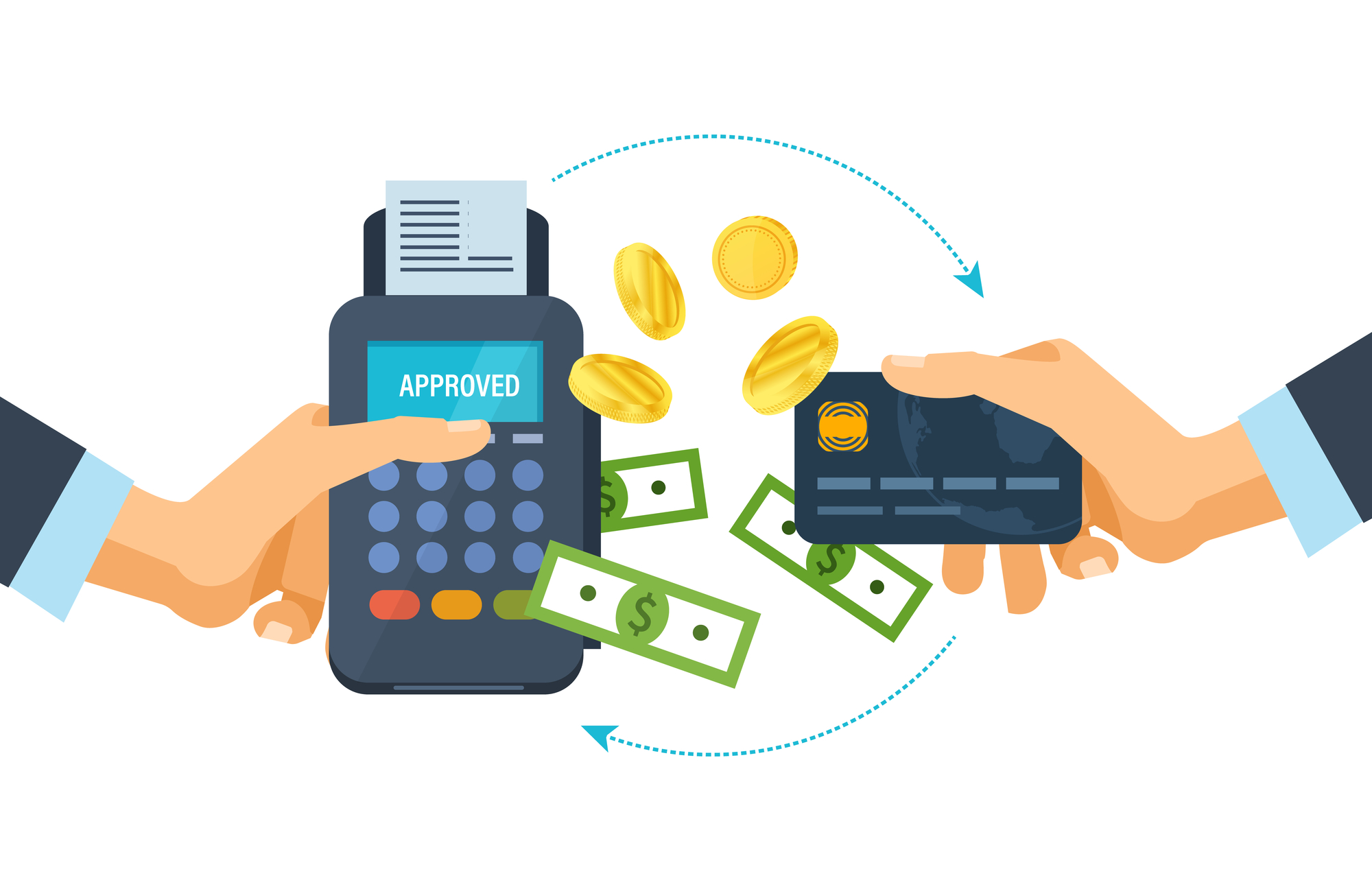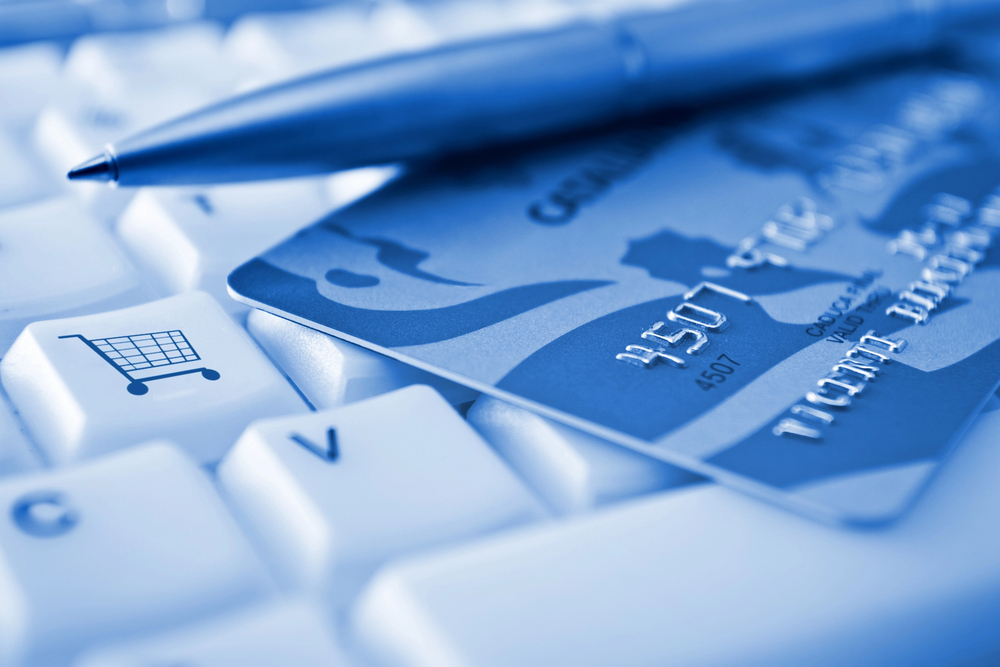
Payment Processing 101: A Comprehensive Guide for Direct Response and Ecommerce Business Owners
Apr 14, 2023 5 minutes
Hey there, direct response and e-commerce business owners! If you’re reading this, chances are you’re already aware of the importance of seamless and secure payment processing for your online business. Whether you’re just starting or looking to optimize your existing setup, understanding the ins and outs of payment processing can help you make informed decisions and create a better experience for your customers.
In this post, we’ll dive into the world of payment processing and demystify the jargon you’re likely to come across. By the end, you’ll have a solid grasp of the terminology and how it all fits together in the payment processing ecosystem.
The Basics of Payment Processing
Payment processing is the engine that powers your online sales by enabling your customers to make secure and seamless transactions using their preferred payment methods. It’s crucial to have a reliable and efficient payment processing system in place, as it directly impacts your bottom line and customer satisfaction.
To fully grasp the concept of payment processing, it’s essential to understand the key players and their roles in the ecosystem. Here’s a quick rundown of the main components:
Merchants
That’s you! As a direct response or e-commerce business owner, you’re the merchant who accepts credit card payments from customers in exchange for goods or services.
Credit Card Issuers
These are financial institutions, like banks, that provide consumers with credit cards. Also known as card-issuing banks, they authorize transactions and are responsible for setting interest rates and fees for cardholders.
Acquiring Banks
Also known as merchant banks, these institutions provide businesses with merchant accounts, which are essential for accepting and processing credit card payments. Acquiring banks are responsible for underwriting and risk management.
Payment Processors
These companies act as intermediaries between the merchants and the credit card networks. They process transactions by transmitting data between the merchant, issuing bank, and acquiring bank, ensuring secure and efficient communication.
When selecting a payment processor for your business, consider factors such as transaction fees, processing speed, security measures, customer support, and compatibility with your e-commerce platform.
3rd-Party Payment Processors
Third-party payment processors are payment service providers that enable businesses to accept and process credit card payments without the need for a dedicated merchant account. Instead, they aggregate multiple merchants’ transactions under a single account, streamlining the setup process and making it more accessible, especially for smaller businesses or startups.
These are often called payment aggregators. The most common include Stripe, PayPal, and Square.
Need a payment processor fast? Get in touch!
Payment Gateways
These are the online equivalent of a physical point-of-sale (POS) system. Payment gateways securely transmit transaction and cardholder data between the customer’s browser, the merchant’s website, and the payment processor.
Payment gateways use encryption and other security measures to protect sensitive transaction data during transmission. They also perform additional checks, such as address and CVV verification, to prevent fraud.
When selecting a payment gateway, consider factors such as processing fees, security features, ease of integration with your e-commerce platform, and the range of payment methods supported. As well, you should always use a gateway with PCI compliance built in.
Credit Card
A credit card is a plastic or digital payment card issued by a financial institution, allowing cardholders to borrow funds for purchases up to a certain limit. There are various types of credit cards available, such as rewards cards, cashback cards, and balance transfer cards, catering to different consumer needs and preferences.
The most popular credit card networks include: Visa, Mastercard, American Express, and Discover. However, there are smaller networks, local networks, and foreign networks you may want to look into depending on your customer base.
Credit cards have a unique design that includes a card number, expiration date, cardholder name, and CVV code. These details are used during payment processing to verify and authorize transactions.
When a customer makes a purchase with a credit card, the payment gateway captures the card information and securely transmits it to the payment processor. The processor then forwards the transaction details to the issuing bank for authorization. Once approved, the funds are transferred from the customer’s credit card account to the merchant’s account.
To ensure the security of credit card payments, adhere to these best practices:
- Comply with the Payment Card Industry Data Security Standard (PCI DSS)
- Use a secure PCI-compliant payment gateway with robust encryption
- Regularly update and patch your e-commerce platform and plugins
- Implement strong authentication and access controls
- Train your staff on the importance of data security and proper handling of sensitive information
Credit cards are not the only way for customers, but credit card transactions are the most popular. Other useful payment methods include ACH, debit cards, and even e-checks.
Payment Processing
Payment processing refers to the series of steps and technologies involved in authorizing, processing, and settling transactions between customers and merchants. It enables businesses to accept various payment methods securely and efficiently.
The payment processing cycle typically involves the following steps:
- transaction initiation,
- data transmission,
- authorization,
- settlement,
- and reconciliation.
There are 3 main payment processing models:
Flat-rate Pricing
Flat-rate pricing is a simplified pricing model where the payment processor charges a fixed percentage and/or a fixed fee per transaction, regardless of the transaction type or the card used. Some popular third-party payment processors, such as Square and Stripe, use this pricing model.
The main advantage of flat-rate pricing is its simplicity and predictability, making it easier for businesses to budget and plan for payment processing costs. However, for businesses with high transaction volumes or those that predominantly process lower-risk transactions, flat-rate pricing may not be the most cost-effective option.
Tiered Pricing
Tiered pricing is a payment processing pricing model in which transactions are divided into different tiers or categories, each with its own set of fees. Typically, tiers are based on the type of transaction, such as:
- Qualified rate: The lowest rate, applicable to standard transactions where the card is physically present, and the transaction is considered low-risk.
- Mid-qualified rate: A slightly higher rate, applied to transactions that involve manually keying in card information or using a rewards card.
- Non-qualified rate: The highest rate, applicable to transactions considered high-risk, such as card-not-present (CNP) transactions or transactions with corporate or international cards.
While tiered pricing may initially appear attractive due to the lower qualified rate, merchants often find that a significant portion of their transactions falls into the mid- or non-qualified tiers, leading to higher overall fees.
Interchange-Plus Pricing
Interchange-plus pricing, also known as cost-plus pricing, is a pricing model where merchants are charged the actual interchange fees set by the credit card networks, plus a fixed markup by the payment processor. This markup usually consists of a percentage of the transaction value and a fixed per-transaction fee.
The interchange-plus pricing model is often considered more transparent than tiered pricing, as merchants can see the actual interchange fees and the payment processor’s markup separately. It can also be more cost-effective for businesses with high transaction volumes or those that process a mix of transaction types, as the fees are more closely tied to the actual costs incurred by the payment processor.
Not sure which pricing model is best for your business? Ask us!
Merchant Account
A merchant account is a specialized bank account that allows businesses to accept and process credit card payments. It’s a crucial component of the payment system, as it enables the secure transfer of funds between customers and merchants.
To open a merchant account, you’ll need to apply through an acquiring bank or merchant services provider. They’ll evaluate your business’s creditworthiness, risk profile, and other factors before approving your application. Once you have a merchant account, it’s essential to monitor transaction activity and maintain compliance with industry security standards.
Chargebacks
Chargebacks are disputes initiated by customers with their credit card issuer, typically due to unauthorized or fraudulent transactions, dissatisfaction with the product or service, or billing errors. When a chargeback occurs, the merchant is required to refund the transaction amount, and may also incur additional fees and penalties.
To minimize chargebacks, consider the following best practices:
- Provide clear and accurate product descriptions to manage customer expectations.
- Offer exceptional customer service and address issues promptly.
- Implement a clear and fair return policy.
- Use a recognizable merchant name on billing statements to avoid confusion.
- Ensure secure electronic payment processing to prevent unauthorized transactions.
- Monitor transactions for unusual activity and promptly address any discrepancies.
In the event of a chargeback, it’s essential to respond quickly and provide the necessary documentation to dispute the claim, such as proof of delivery, transaction records, and customer communication. Maintaining organized records and staying informed about chargeback policies can help you navigate the process more effectively.
Credit Card Fraud
Payment fraud can take various forms, including:
- Stolen card fraud: This occurs when a fraudster uses a lost or stolen credit card to make unauthorized transactions.
- Card-not-present (CNP) fraud: In this type of fraud, the perpetrator uses stolen card data to make online or phone purchases without the physical card. To understand better, card-present transactions are those that take place in person (e.g., at a coffee shop).
- Friendly fraud: This happens when a legitimate customer disputes a transaction, claiming it was unauthorized or the product or service was not delivered, even though they received the goods or services.
- Phishing and social engineering: Fraudsters use deceptive tactics to obtain sensitive information, like credit card details, from unsuspecting victims, which they then use to commit fraud.
To protect your small business from online payment fraud, follow these best practices:
- Use a secure payment gateway with built-in fraud detection and prevention tools.
- Enable Address Verification Service (AVS) and Card Verification Value (CVV) checks.
- Implement multi-factor authentication for high-risk transactions.
- Monitor transactions for unusual patterns and take prompt action if you suspect fraud.
- Train your staff to recognize and report potential fraud.
- Stay informed about the latest fraud trends and update your security measures accordingly.
Mitigate fraud and reduce chargebacks with DirectPayNet
Current and Future Trends in Credit Card Payment Processing
The world of credit card processing is continually evolving, and staying up-to-date with the latest trends can give your business a competitive edge. Here are a few developments worth keeping an eye on.
Mobile Payments
The increasing use of smartphones and mobile wallets is driving the shift toward mobile payments. Integrating mobile payment options into your e-commerce platform can help you reach more customers and provide a seamless checkout experience.
Digital Wallets
Digital wallets, such as Apple Pay, Google Pay, and PayPal, offer customers a convenient and secure way to store and use payment information. By supporting popular digital wallets, you can cater to a broader audience and streamline the checkout process.
Cryptocurrency
Cryptocurrencies, like Bitcoin and Ethereum, are gaining traction as alternative payment methods. By accepting crypto payments, you can tap into a growing market and offer your customers more choices.
As payment processing technology advances, so do the security measures used to protect sensitive data. Here are a few innovative approaches to payment security:
Tokenization
Tokenization is a method of replacing sensitive data, like credit card numbers, with a unique, non-sensitive token. This process helps protect customer information during transmission and storage, reducing the risk of data breaches and fraud.
Biometric Authentication
Biometric authentication, such as fingerprint scanning and facial recognition, adds an extra layer of security to payment processing. By incorporating biometric authentication in your payment process, you can enhance security and create a more personalized customer experience.
Machine Learning and AI for Fraud Detection
Advanced machine learning and artificial intelligence algorithms can help detect and prevent fraudulent transactions by analyzing transaction patterns and identifying anomalies. Integrating these technologies into your payment processing system can help minimize risks and protect your business.
You Need a Payment Processor that Supports Your Business!
Understanding payment processing terminology and staying informed about industry trends and innovations is crucial for direct response and e-commerce business owners. By implementing a robust and efficient payment processing system, you can provide a seamless and secure shopping experience for your customers, ultimately boosting your sales and growing your business.
Getting your payment processing set up correctly can be a daunting task, and one mistake can ruin your business. DirectPayNet’s experts can help you get the right setup for your business. Contact us with information about your business to get started!
DIRECTPAYNET IS HERE TO HELP YOUR BUSINESS SUCCEED. GET STARTED WITH US TODAY




